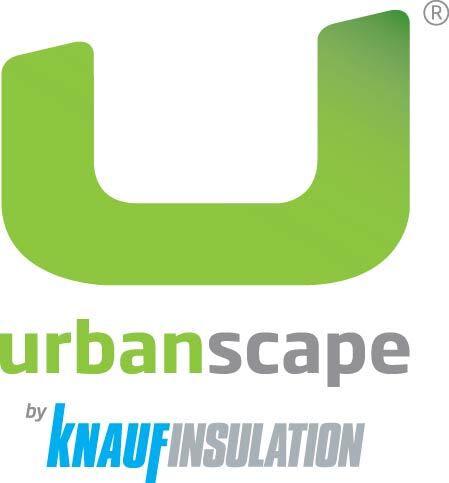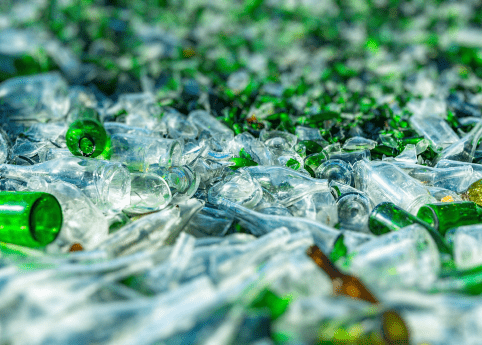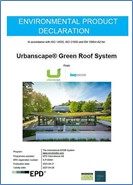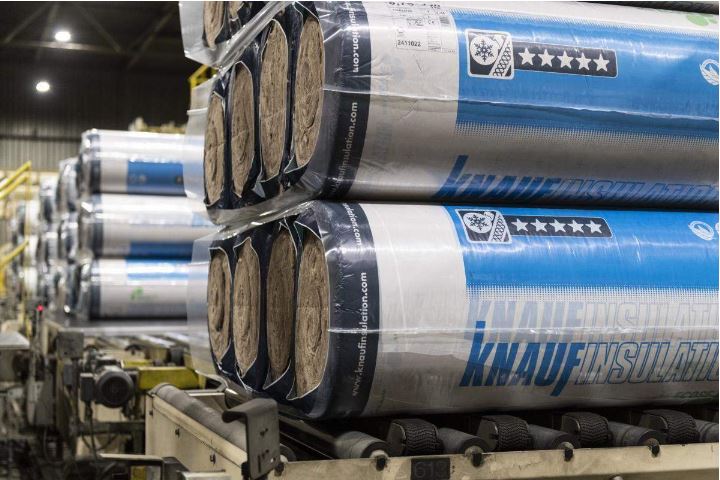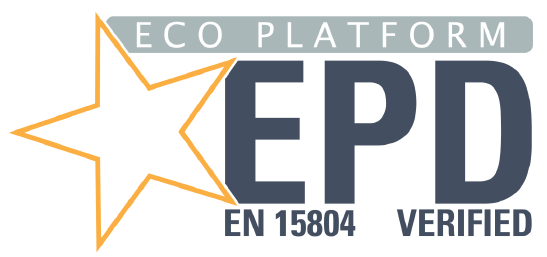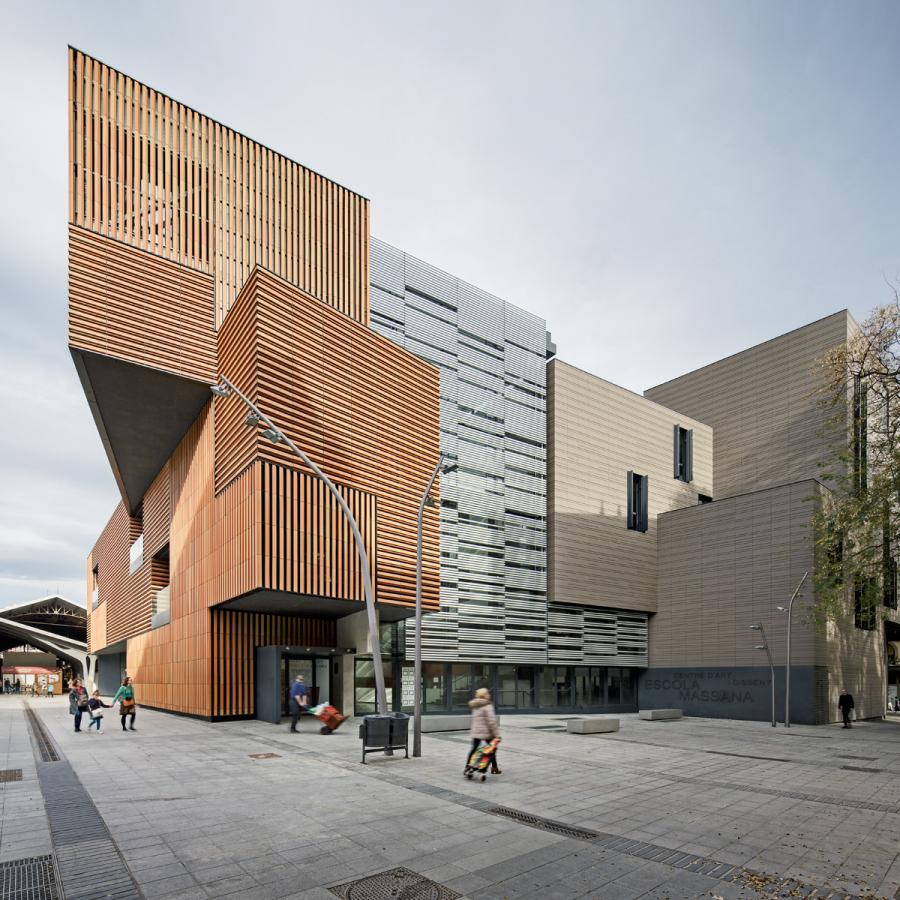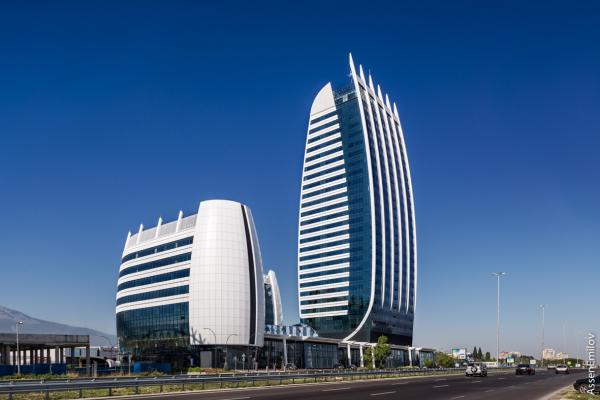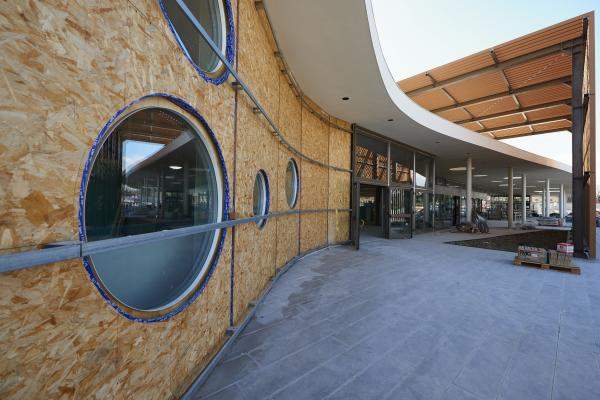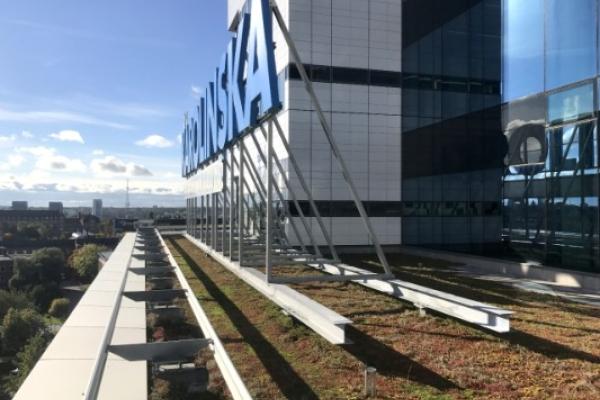QUICK GUIDE TO FOUR POPULAR GREEN BUILDING ASSESSMENT INITIATIVES
BREEAM or Building Research Establishment Environmental Assessment Method started in the UK in 1990 where it is now a voluntary initiative in the private sector and compulsory in the public sector. Points are awarded in line with sustainable approaches to energy and water use, internal environment, pollution, transport, materials, waste, ecology, management processes and the life-cycle of buildings. A total of 109 credits are available of which less than 30 is a fail, a good is 45, very good 55, excellent 70 and outstanding over 85.
LEED or Leadership in Energy and Environmental Design started in 1993 in the US and is now popular worldwide as well as in North America. It covers new, existing, commercial and residential property and is concerned with energy, atmosphere, water efficiency, materials, resources and indoor environmental quality. There are a hundred points to achieve. To be certified you need above 40, to get silver >50, gold is >60 and platinum is >80 points and over.
DGNB or Deutsche Gesellschaft für Nachaltiges Bauen (German Sustainable Building Council) was founded in 2008 and focuses on around 50 criteria ranging from environmental, economic, technological and work process aspects to sociocultural and functional dimensions. “A holistic approach is taken” meaning the system assesses the entire lifecycle of the building. Buildings are awarded DGNB certificates in bronze, silver or gold. In addition, there is the option of simple precertification in the planning phase.
WELL or Well Building Standard™ was launched in 2014 by WELL Building Institute™ and there are now more then 34.000 WELL projects in 98 countries. It is one of the leading global rating systems focusing mainly on the ways that buildings can improve comfort and in general advance health and well-being for its residents through issues such as thermal and acoustic comfort, good air quality, connection to nature…
KI products strictly comply with REACH regulation. This compliance provide additional points through building rating systems like LEEDv4 or BREEAM. REACH Regulation (registration, evaluation, authorisation and restriction of chemicals) places responsibility on industry to manage the risks from chemicals and to provide safety information on the substances. Manufacturers and importers are required to gather information on the properties of their chemical substances, which will allow their safe handling, and to register the information in a central database.
HQE or Haute Qualité Environnementale (High Quality Standard) is a French initiative that started in 1996. Not as widely adopted as LEED or BREEAM, HQE is still committed to common aims including reducing energy and water use, minimal environmental impact on surroundings, a healthy internal environment and the full life-cycle of a building. It covers new and existing buildings from commercial properties to multi-family housing.






